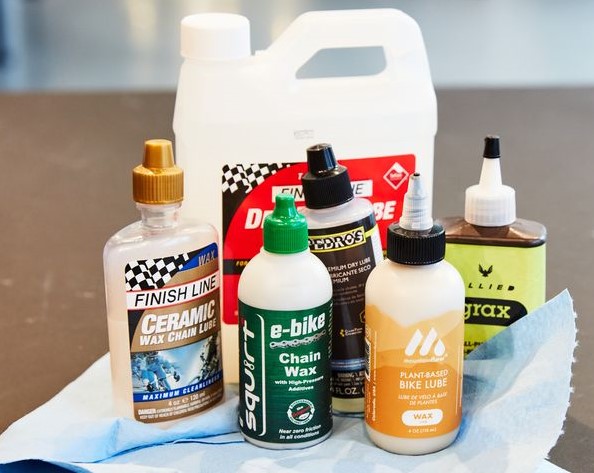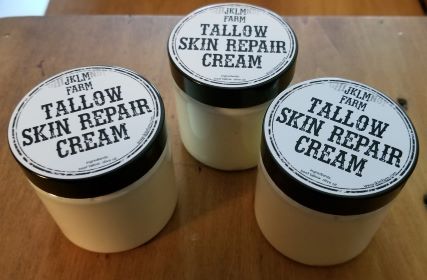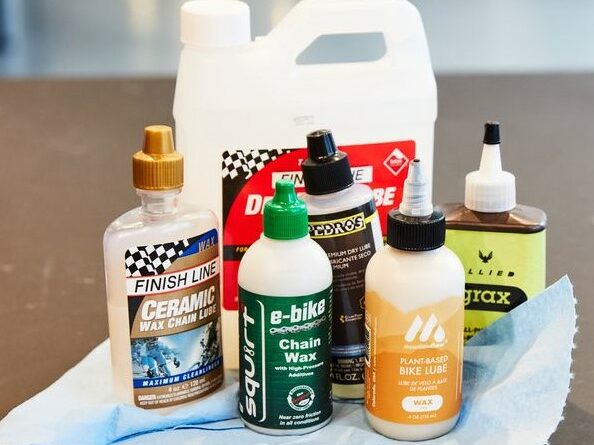Chain Lubes
And now one specially for the ladies, yes really! Just be patient and keep reading past the bit about getting your hands mucky.

ALL THAT YOU PROBABLY DIDN’T NOT WANT TO KNOW ABOUT THEM!
First, there are many types of chain lube on the market. A confusing number, all being claimed by the manufacturers to be best suited to our needs. One of the surprising ones for our ladies, is that if you were to make the right, informed choice, it makes a great skin moisturiser and is used in a variety of cosmetics. So ladies read on!

When I was a teenager we oiled the chain, wheel axles and anything that moved with 3 -in 1 oil. When I moved onto motor bikes something more substantial was required for the chains. Something that provided better wear resistance, lasted longer come rain or shine, and was not flung off by centrifugal force from the fast revolving chain. This was provided by Tallow, derived from beef or mutton fat (also used as dripping from the Sunday roast, to make tasty and nourishing sandwiches in my younger days!)
Applying tallow to our chains was a similar process to “hot waxing”, that Vince has tried for his bicycle chains. We put the chain and a block of tallow into a metal tray, put on the gas hob to melt the tallow, left it to soak into the chains links, then let it drip dry to remove excess grease etc. Very messy and time consuming but it lasted for hundreds of miles on the roads.
Tallow came to the fore, as the best and most useful lubricant, with the invention of steam driven piston engines in the 1700s. Huge, heavy iron castings, working at high temperatures and under very high pressures.
Perhaps Tallow’s most infamous use was as a lubricant for the rifled barrels of guns or applied to the ammunition cartridges.

It’s use for this purpose led to the Indian Mutiny in 1857, lasted for 18 months causing much death and destruction. The mutiny resulted from the use of lard (pig fat) which was considered unclean by the Muslim soldiers, and Tallow (cow fat) which was incompatible with Hindu dietary laws.
And now the bit that might interest our lady cyclists!

In the good old days our fellow club men would have used tallow to maintain there bike chains as they peddled along the muddy and potholed cart tracks that purported to be roads. Later they would have been joined by posh and wealthy ladies, who were campaigning for the right to be allowed to wear knickerbockers when cycling.

Perhaps, to look their best on hot summer rides, they might have been tempted to dab on a bit of their chain lube to protect their fair skin from the rays of the sun.
What! You didn’t know of the skin care benefits of tallow and it’s many cosmetic uses?


But now in a new Millennium, modern day bike lubes are best kept for bike chains, not for our fair ladies! However, which one of the many is best for it’s intended purpose of protecting this most hard wearing part of our bikes?

Should it be “Dry” or “Wet” lube? Which are the easiest to apply? Which provides the best protection? Which gives the greatest mileage between application? For some answers from someone who knows about the pros and cons, follow this link https://www.bicycling.com/repair/a38027572/how-to-use-dry-bike-chain-lube/
Des.
P.S. My personal choice, with our weather in mind, is Wet lube in the winter and Dry lube in the summer.

